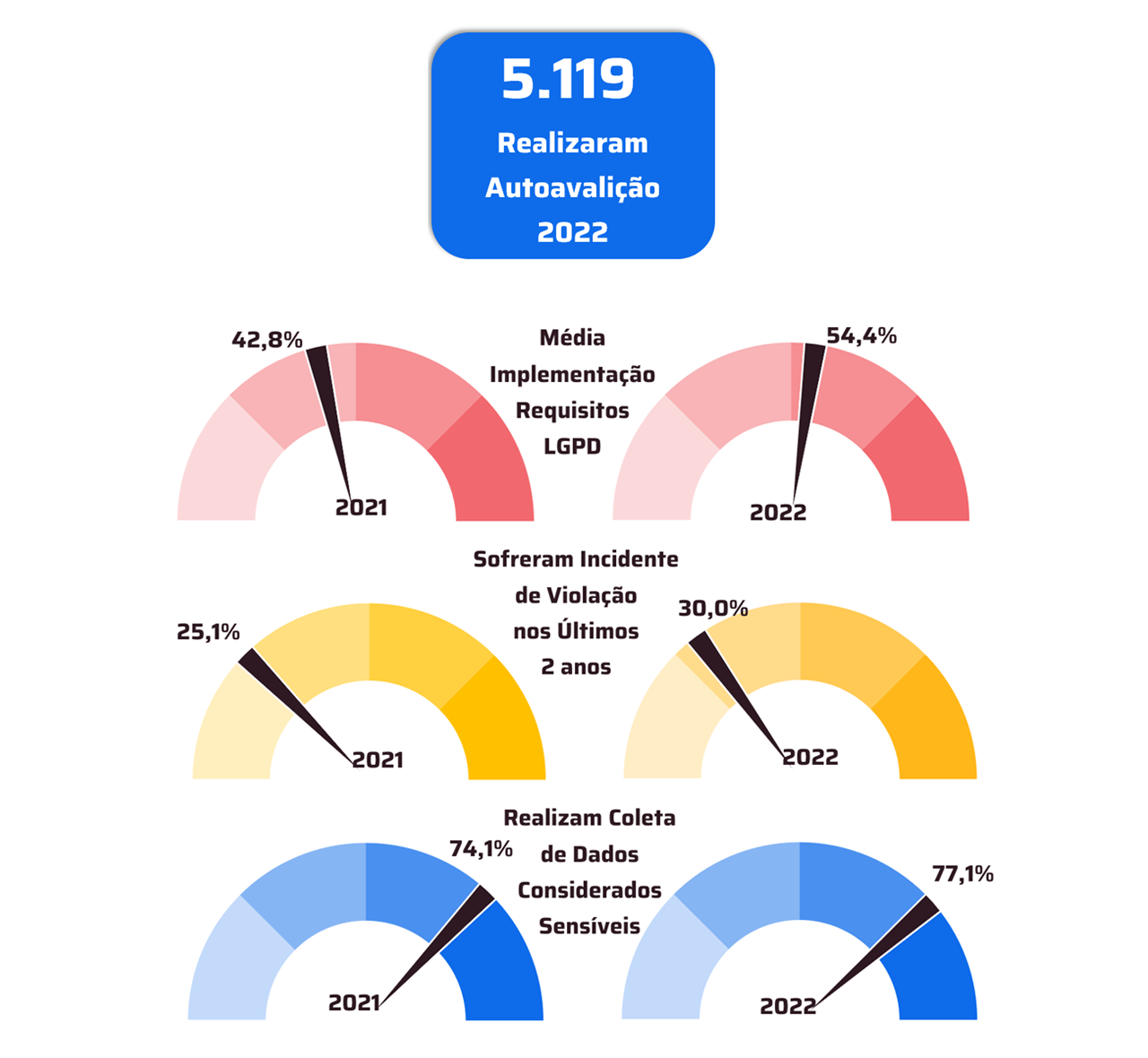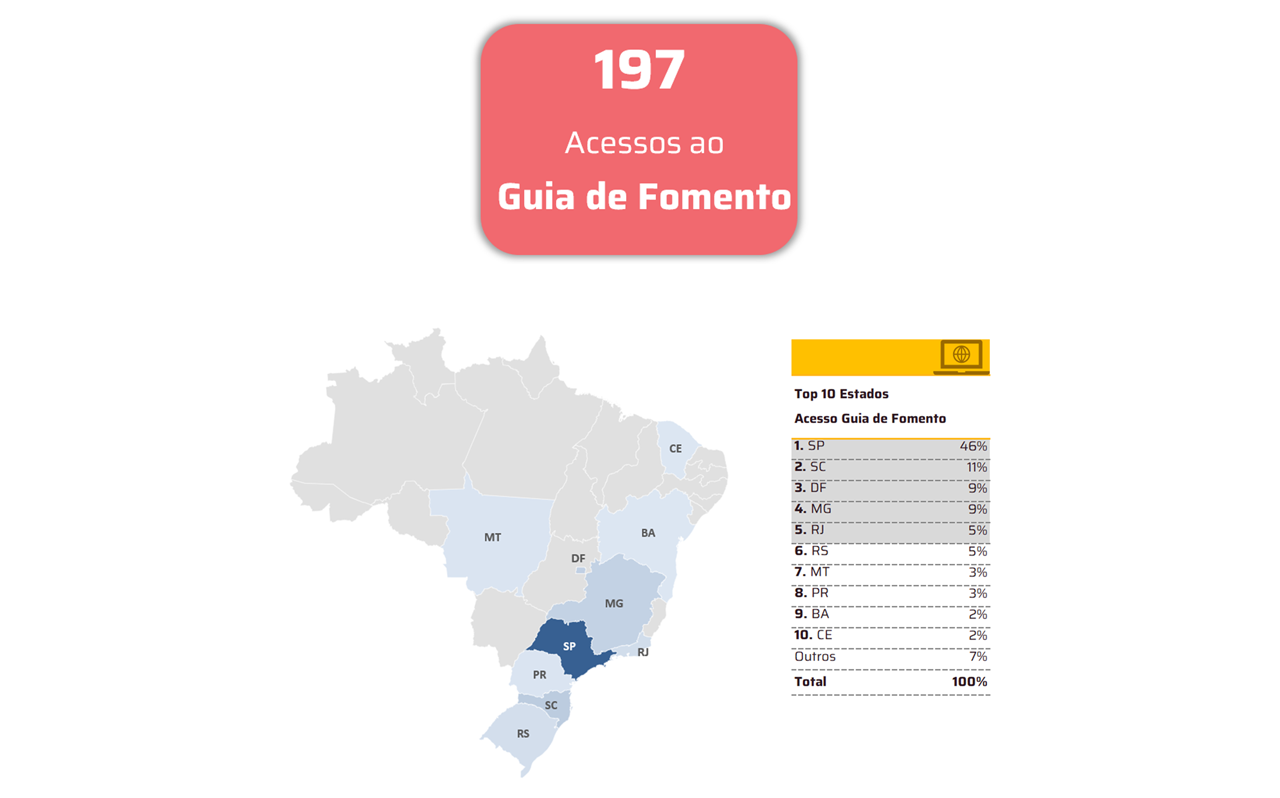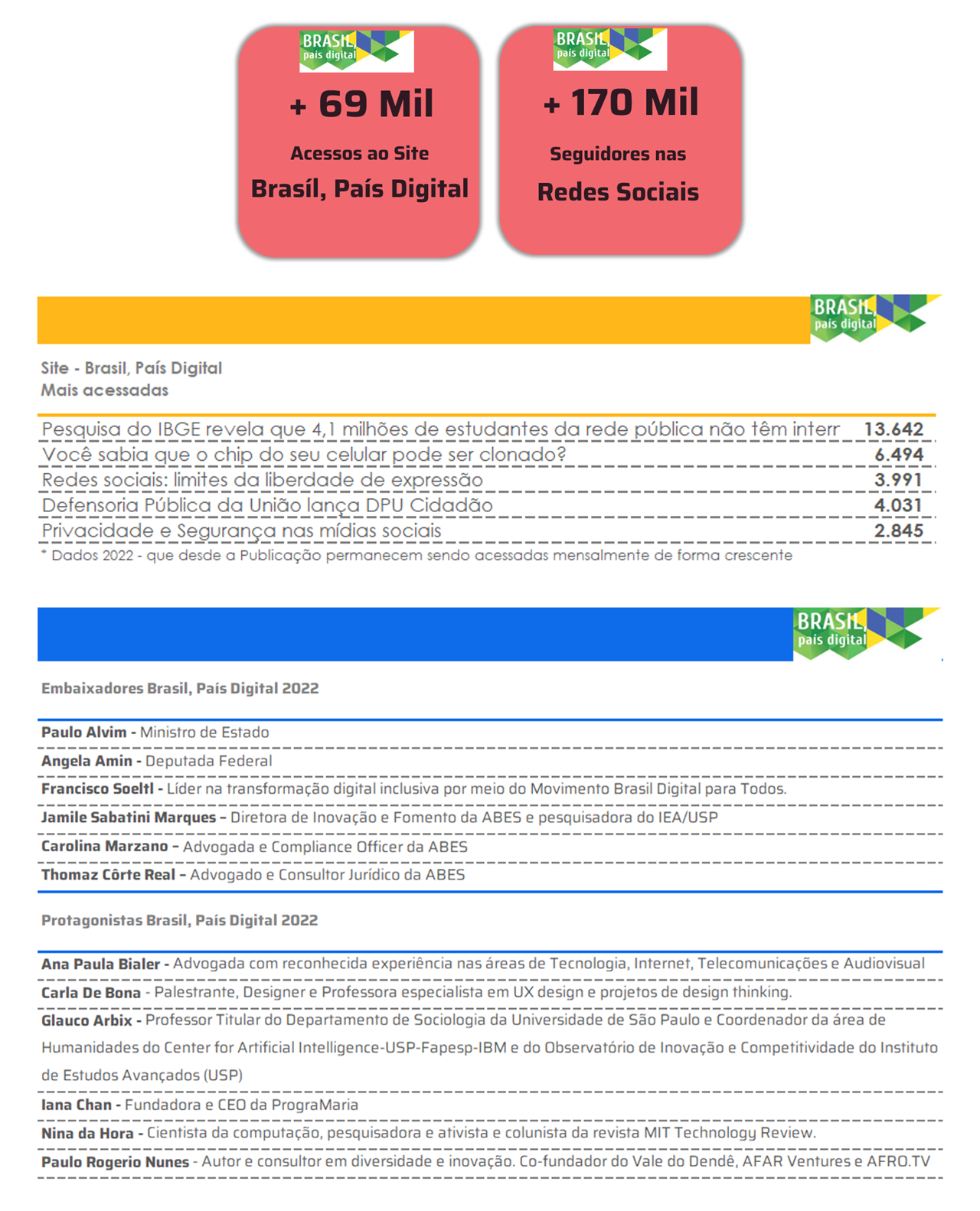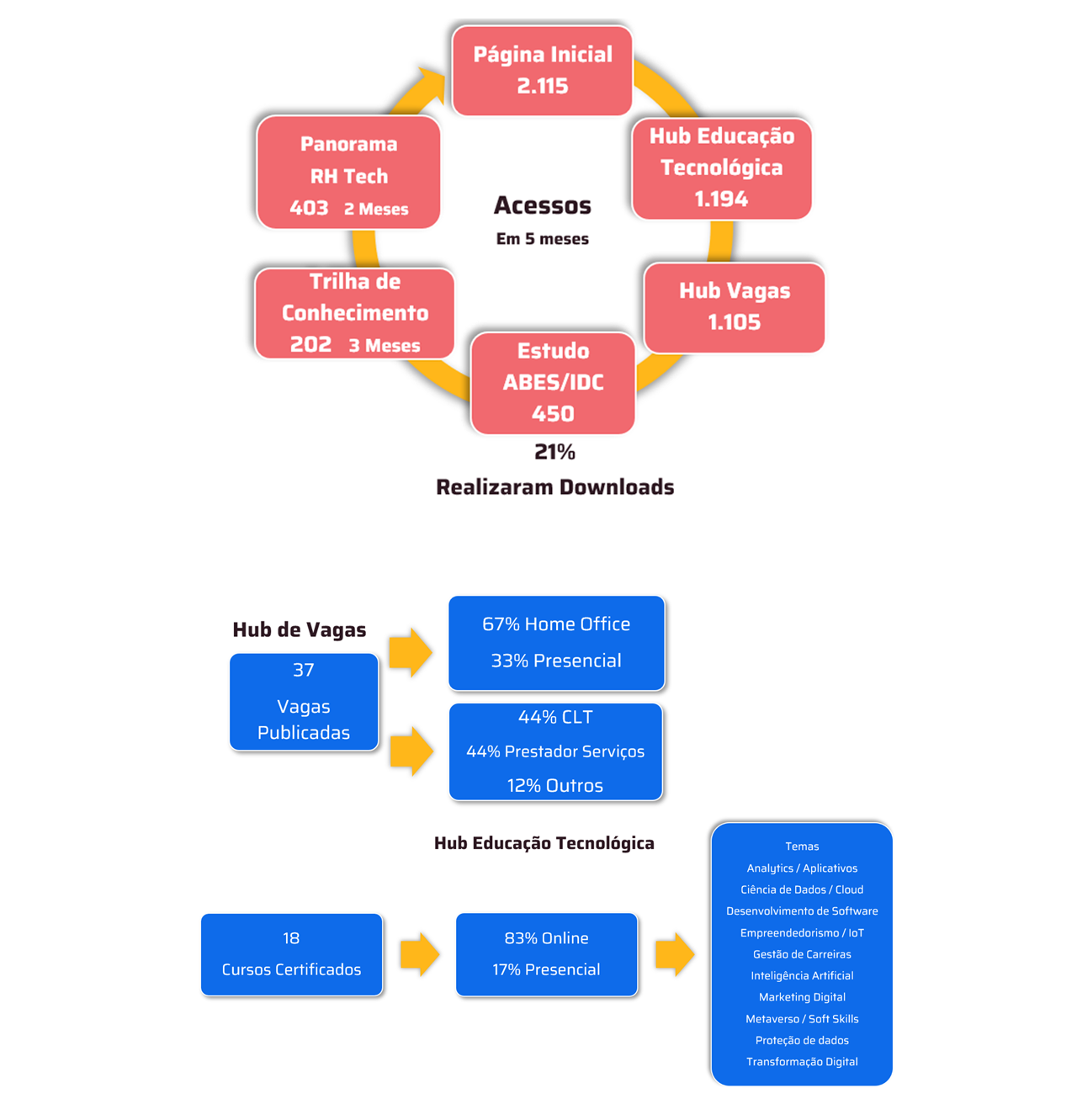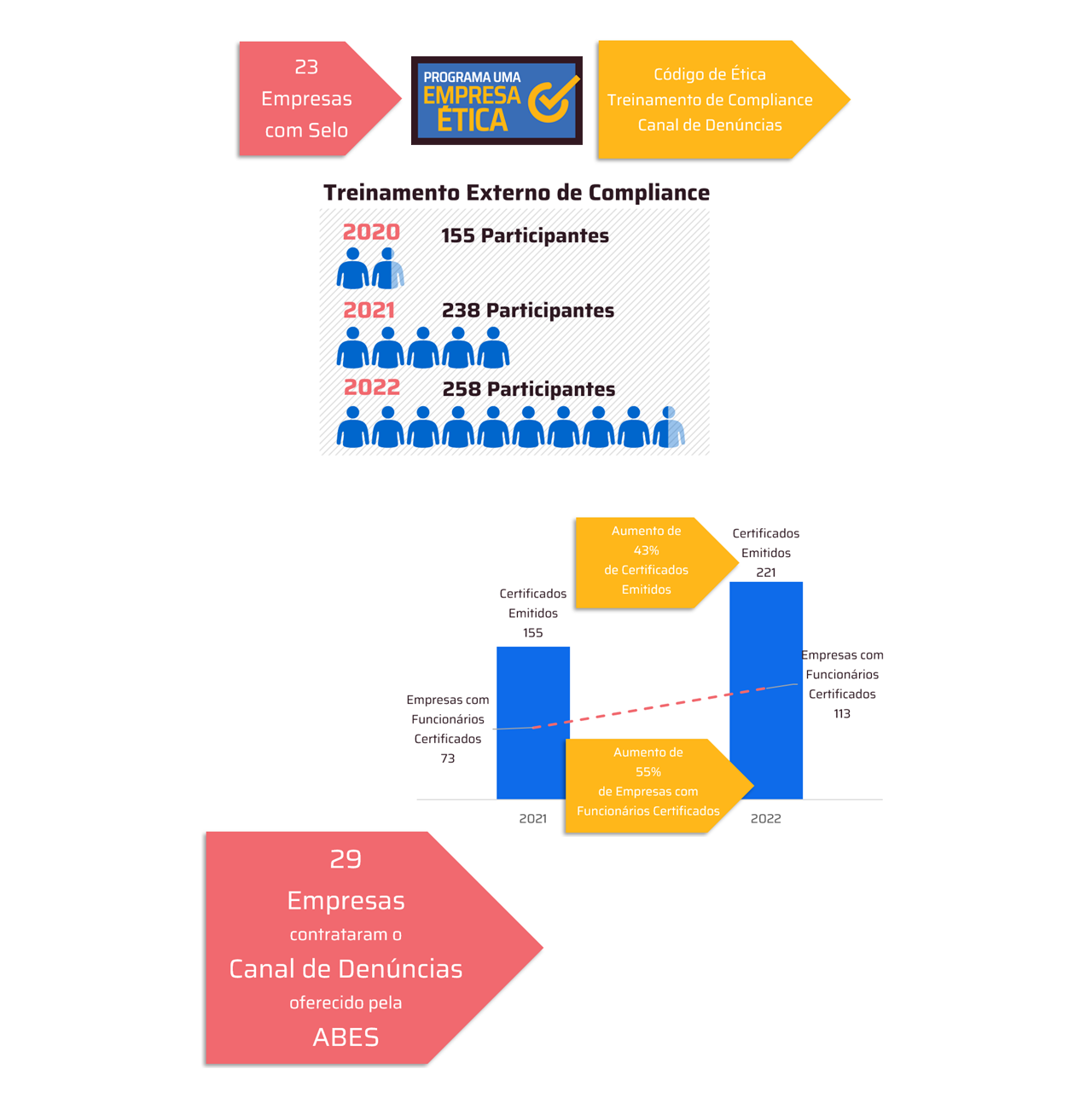INSPIRE initiative aims to provide guidance and best practices to reduce the risk of child violence and respond to this serious problem
 *By Marcelo Batista Nery
*By Marcelo Batista Nery
In Brazil, there is a notable lack of familiarity with World Health Organization documents, even those that are more accessible and available in Portuguese. Within the sector that focuses on the use of technology to modernize and improve public services, the scarcity of professionals trained to evaluate and, when appropriate, take advantage of these documents is an undeniable fact. A concrete example of this reality is the INSPIRE: Seven Strategies to End Violence Against Children, an initiative that aims to provide guidance and good practices to reduce the risk of child violence and respond to this serious problem.
INSPIRE is based on a set of guidelines formulated by experts to help countries and communities achieve the priority goals of the 2030 Sustainable Development Goals (SDG 2030), established by UN Member States. The objectives cover several purposes, including reducing various forms of violence. This purpose implies the adoption of concrete measures to protect children and offer support to both victims and their parents and caregivers.
The seven INSPIRE strategies provide a framework that includes specific objectives, justifications, references to the 2030 SDGs, evidence, pragmatic approaches and potential impacts. It is recognized that effective violence prevention requires a macro/global, micro/local and multifaceted approach.
The connection between public health and violence gains prominence and relevance in several areas, encompassing multidisciplinary and interdisciplinary perspectives. This aims to better understand a series of psychological phenomena, such as precipitants and/or stressors, motivations and methods, as well as social aspects, such as morbidity, mortality and the conditioning factors of these two measures.
One of the main implications of this connection is the compromise of governance, investments, productive capacity and the well-being of future generations. The socioeconomic impact of violence is substantial, being especially significant in less developed nations, where policies tend to perpetuate inequalities and legal norms can contribute to an environment where violations are tolerated or even normalized. This brings us to the technological dimension.
We have seen rapid advances in understanding and preventing violence against young people. There are already resources available to adopt immediate, effective and sustainable measures to prevent this type of violence. Building on INSPIRE comes the opportunity to develop solutions and positively influence a variety of child-related challenges. Therefore, we propose the idea that dealing with violence against women also requires the implementation of digital technologies, along with new perspectives.
Currently, children and teenagers are immersed in the digital environment. Although young people constitute the most connected part of the population, many of the platforms, social networks and applications they use were, in fact, developed for adults, without considering the risks associated with use by children. When your rights are taken into account, the digital space can be adequate and humanized. In practice, this space will be safe when it is free from arbitrariness and abuse, not encouraging people to be constantly connected to screens and providing educational, creative and playful experiences.
Initially, two points are crucial. First, accessibility, which guarantees access to the digital environment for everyone, especially children with special needs, and assistive technologies, which contribute to developing and expanding the skills of people with disabilities at any stage of life, although , when used early, they provide better results. The second point is security against access to inappropriate content and data leaks, as young people are subject to frequent threats, such as undue exposure (including marketing strategies), cyberbullying and online predators.
So, we note that despite its high prevalence, violence against children often occurs in a hidden way, being invisible or underreported. More platforms can be created to provide a secure channel for recording cases of infractions and crimes. New applications can help report cases anonymously, reducing underreporting and facilitating access to assistance and justice for victims. Various recognition and analysis systems can identify signs of violence in photos, videos or audio shared online.
Government organizations, NGOs, or community groups can offer hotline services to allow victims to report incidents of violence in a welcoming manner. Videoconference hearings in the Juvenile Justice System can be improved. Technologies such as blockchain can be explored to guarantee the origin and authenticity of information related to child abuse incidents.
Even though the volume of data grows exponentially, the quality of the information is one of the most important aspects to be considered. Therefore, combining police and health data in an information system allows the identification of patterns of violence and more accurate prediction of “critical areas”. Computational tools can overlay layers of information and contribute to the design of safe, sustainable and stimulating environments. Processes supported by automated tools can provide fundamental support for the development of social and public health strategies, such as programs related to the harmful use of alcohol and illicit drugs, and promote peaceful and inclusive societies.
Innovations suitable for entrepreneurship, including microfinance, that ensure equal access to economic resources, especially for the poor and vulnerable, can be of great help. However, they are most effective when they are also empowering. This empowerment, understood in a broad sense, ranges from greater vocational training to increased self-esteem among young people.
Furthermore, computational tools should help define structures for developing life skills, encouraging formal education and citizenship, as well as identifying and preventing cases of harassment, including in home or work environments. Artificial Intelligence, so present in countless devices and services, can and should be used in favor of children's rights and to protect them.
It is becoming clear that there is a significant opportunity and an equally important responsibility to positively impact a wide range of challenges related to childhood health and safety. In addition to conventional approaches, such as the implementation of prevention policies and programs, we are increasingly able to recognize the importance of technologies in addressing violence against children and adolescents. Ensuring the protection of young people with absolute priority in all areas and environments, including digital, is essential. This guarantee is also a responsibility of companies that develop software and online services. As we move forward, it is essential to understand that we have the power to intervene and change a worrying scenario, in which innocent people face constant violence and are forced to deal with the repercussions on their health and daily social interactions.
*Marcelo Batista Nery is a researcher at think tank from ABES and the Oscar Sala Chair at the Institute of Advanced Studies at USP (IEA-USP), coordinator of Technology Transfer and Head of the PAHO/WHO Collaborating Center (BRA-61) at the Center for Violence Studies at the University of São Paulo .
Notice: The opinion presented in this article is the responsibility of its author and not of ABES - Brazilian Association of Software Companies





